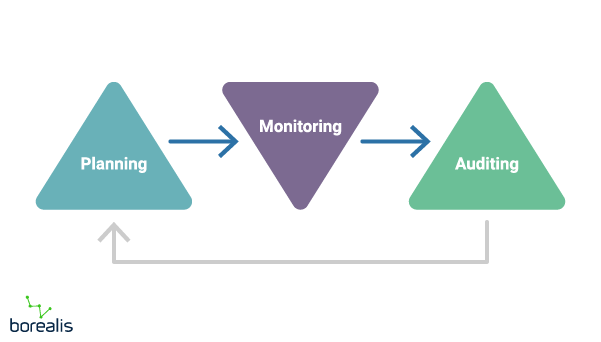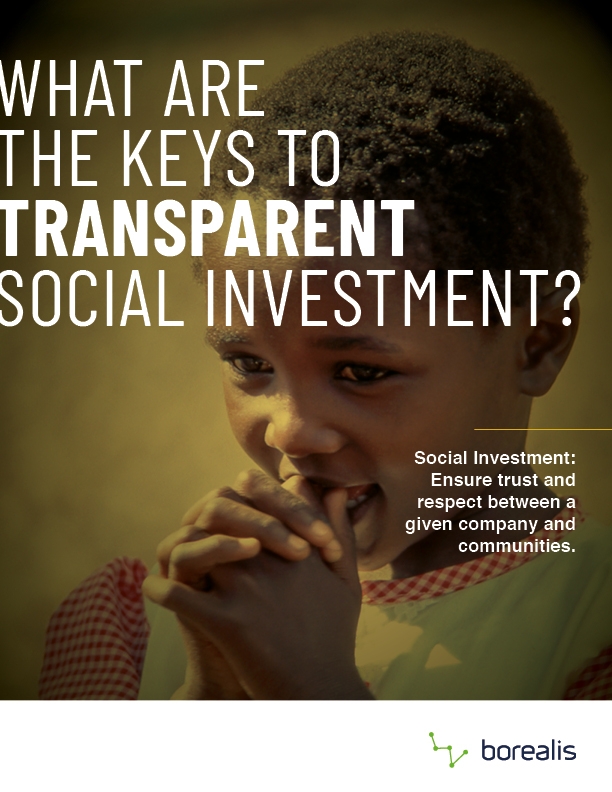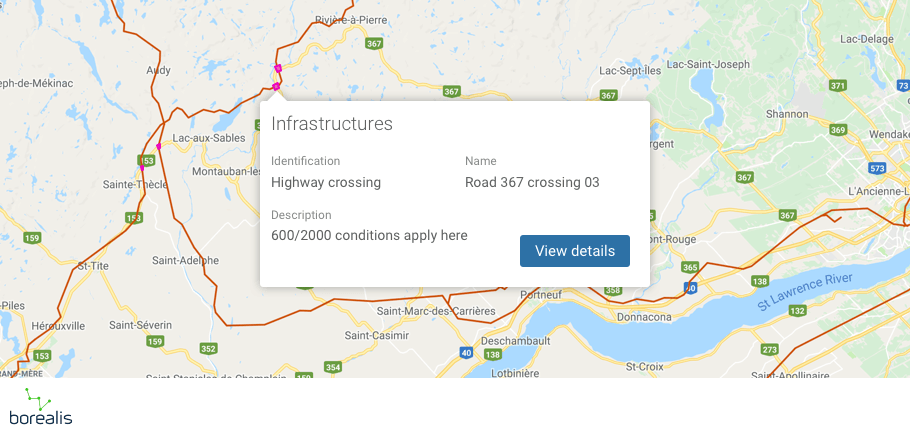Regulatory compliance: those two words can make even the most experienced project manager shudder. While compliance is truly necessary (in most cases), it shouldn’t slow you down or negatively impact your operations.
Put simply, pursuing compliance means doing things the right way, in accordance with laws, policies and regulations. Most of the time, the requirement for compliance comes from local authorities, like governments. Sometimes an organization sets its own requirements to highlight its values, as in the case with B Corp. certification, ISO standards, or AA1000 for stakeholder engagement.
Though many see compliance as a necessary evil, it’s primarily an assurance for regulators and governments that organizations are respecting local laws and customs. It’s also an important piece of the puzzle for projects struggling to maintain their social license to operate: after all, if you’re complying with laws and state requirements, you must be doing something right!
In this article, you will see that even though managing compliance may seem daunting, if you are well prepared, follow proven processes and use the right technology tools, you’ll be able to get the job done!
What should a good compliance process include?
Let’s take a step back. At Borealis, we keep the compliance process as simple as possible while applying it rigorously to be sure nothing slips through the cracks. If we focus on the basics, there are 3 main steps to managing compliance:
Effective Compliance Process

Let’s take a detailed look at each step.
Planning
During the planning stage you define the areas you want (or need) to follow, along with the related documents, conditions, etc. There are several questions you need to answer to be sure you don’t miss anything. Keep in mind that planning is the most important step!
| WHO | Who is responsible for each inspection? |
|---|---|
| WHAT | What are the conditions the project must respect? What criteria will you use to measure compliance? (Include any relevant documents.) What are the impacts of non-compliance? What steps will you take to get back on track if you find that certain project elements are not meeting the necessary standards? |
| WHERE | Where are the geographical areas subject to compliance regulations? |
| WHEN | When – and how often – will inspections be conducted? Is this a one-time event before an activity? Is it a recurring event (weekly, monthly, yearly)? When do the different conditions apply? (During construction? Operations? Both?) |
| HOW | How do you measure compliance? How will compliance be evaluated? Does someone need to provide a yes/no answer, or can data (like a water sample analysis) automatically determine compliance? How will you inspect your operations to ensure compliance? |
Monitoring
Now that you have a plan for tracking information, you can begin to monitor it all. Set up notifications for upcoming inspections that you will oversee. When you conduct the inspections, note your observations, identify any non-conforming elements, and implement the corrective measures established during the planning phase.
Auditing
This is usually when all your hard work pays off, as long as you’ve been consistent. Audits can be internal or external, depending on which authority is responsible. If the necessary corrective measures were implemented as soon as any issues were identified, your audit should be a success. Then you’re back to the planning stage: compliance is an ongoing process that evolves with your project. In addition, regulations may be updated, or new ones may affect your operations.

Establish trust and respect between businesses and communities
When compliance becomes more complex: Dealing with multiple geographical areas
While many organizations only need to manage compliance for one site (for example, a single mine pit), others are more complex. This could be a transport company with trains or a pipeline (regardless of what it moves, whether it’s oil or even waste), or any linear construction project.
Linear projects cover large geographic areas, which often means dealing with different governments and regulatory industries. Imagine if your pipeline were subject to nearly 200 compliance documents, each with over 2,000 conditions that span more than 250 geographic regions. Additionally, your project may cross parcels of land where different conditions apply, such as waterway network cables, transmission lines, another company’s pipeline, railways, roads, etc. If that weren’t complicated enough, you probably won’t be working everywhere at the same time. Where will you work next, and what regulations apply? Even if some conditions only apply to a tiny area (such as a 100 x 100 meter lot), non-compliance could result in the end of the project.
Keep in mind that some compliance documents only apply to certain geographic areas, so you need to be able to geolocate your data, including inspection programs, violations, corrective actions, evidence, responsible departments, etc.
Technology and GIS to the rescue
Luckily for those who monitor compliance issues, technology can help prevent many headaches. But what features should you look for in compliance management software?
The ideal tool should:
- Rely on a simple process, including workflows.
- Allow data imports and exports.
- Include a tool for flexible reporting, with data export options (Excel, PDF).
- Integrate GIS mapping.
- Be user-friendly, use the latest technology, and guarantee security.
- Be accessible from anywhere, by all team members (not saved on a single computer that’s unavailable during field
inspections). - Provide notifications to alert users when conditions are not met, when inspections are scheduled, expected, or past due.
- Ready to use: you shouldn’t have to waste time customizing the tool to your needs.
Are you looking for a tool that will simplify compliance management? Borealis might be just what you need! We’ve been helping clients meet their social and environmental performance goals for 20 years. Contact us today to learn how we can do the same for you!






